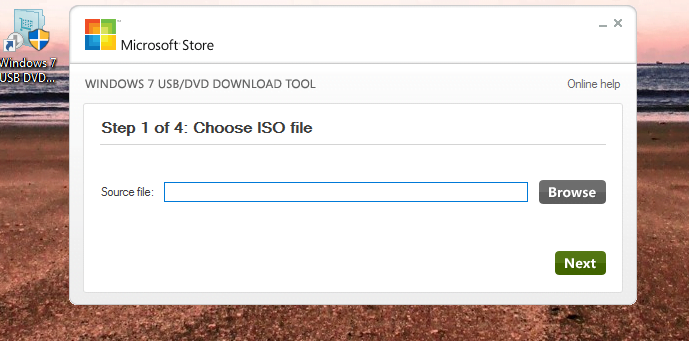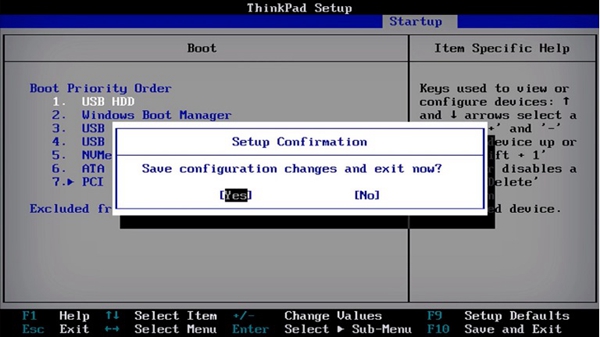


I also used my trusty label maker to mark it as the “BOOT” drive. It’s more convenient to have both ports, and if I’m working on a PC at someone else’s home, I don’t have to remember to bring adapters. The important feature for me is that it has both USB Type-A and USB Type-C connectors - I use a mix of new and old computers, some of which only have the older Type-A, and some that only have the newer Type-C. I didn’t have a spare flash drive already, so I ended up purchasing a 256 GB SanDisk Dual Drive Go, which happens to be one of our picks for the best USB flash drive. My windows 10 installation is on (C:) drive ('Boot' label), however the Boot Loader ('System' label) resides on another disk (F:). Storage capacity is also important, as we’re now long past the era of install media fitting on a 700MB CD-R - the Windows 11 installer is over 5 GB. If you skip this step, your computer will start regularly from your hard drive instead of getting boot information from your USB device. If you have an old or cheap flash drive with poor read and write speeds, then it can take longer to boot up and perform installations. Alter the BIOS sequence on your PC so your USB device is first In most instances, the BIOS will usually not be automatically set to your device. Two factors matter the most for turning a USB drive into a boot drive: performance and storage capacity.


 0 kommentar(er)
0 kommentar(er)
